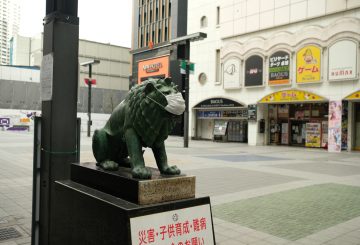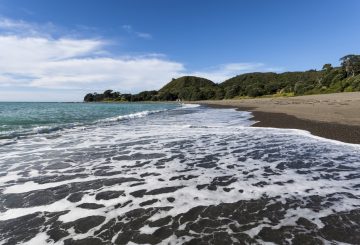Rapid work was underway at Auckland District Health board to plan for life with Covid after borders open up, with modelling helping bosses to plan.
It paints a sobering picture of what having Covid permanently in the community will look like.
Under the scenario they think is most likely, there would be, on average, more than 1000 community cases a week, 33 hospital admissions and six deaths.
The DHB’s director of provider services, Mike Shepherd, said work was already under way to get the hospital ready.
That included upgrades to intensive care, paediatric intensive care and maternity wards – doing work like improving ventillation or creating safe areas for non-Covid patients.
Though no one knew for sure what would happen when the borders opened, the DHB had to make a plan now and the modelling gave it the best chance to get that right, Dr Shepherd said.
“Delta does present some new and greater problems than we’ve ever faced, particularly around airborne disease,” he said.
The modelling was for Auckland DHB only, so case numbers would be higher for the whole city.
It showed a range of scenarios for when the borders opened but said the most realistic one was 90 percent of eligible people vaccinated, with some controls still in place including constraints on the countries people could come from, and some level 2-style restrictions.
Intensive Care Society spokesperson Andrew Stapleton said similar work was happening in other hospitals to prepare for the reality of Covid being permanently here.
“Once you take the foot off the throat off this infection it will move around the country very quickly,” he said.
It was not just people being treated for the virus that the hospitals would have to prepare for.
There will be car crash victims, or patients coming-in for surgery or to have a baby, who just happened to have Covid.
They would need to be cared for without infecting staff or other patients.
In Auckland there were predicted to be 30 a week.
Dr Shepherd said work on how many more staff would be needed was still underway, including fixing a shortage of intensive care nurses.
“We are concerned about ICU bed numbers, we think that is going have an impact on all the work we can do,” he said.
Dr Stapleton said all over the country, planned surgeries would have to be delayed because of the extra Covid patients.
Urgent work was needed to recruit intensive care nurses from overseas and to make it easy for them – and their families – to move here, he said.
Other countries were showing what having widespread Covid will look like, he said.
In Scotland, a country that was a similar size to New Zealand with an 88 percent vaccination rate, was dealing with 2000 cases a day.
“So I think an appreciation of the kind of case loads we’re going to be dealing with hasn’t really sunk into people’s minds,” he said.
Both doctors said the higher the vaccination rates, the better the health system will be able to cope.
SOURCE: RNZ News






























































